Antenna Selection Guide
Finding the right antenna for your application should be easy. Calian’s simple, three-step antenna selection guide allows you to quickly specify the fundamental antenna requirements for your situation to quickly narrow down your antenna options.
Step 1
Coverage and L-Band
Step 2
Mount
Step 3
Amplifier Gain
Step 1 – Choose Frequency Coverage and L-Band
The first step to choosing the right antenna is defining which signal frequency bands from which satellite constellations your receiver requires. Calian’s broad antenna selection supports GPS, GLONASS, Galileo, BeiDou, QZSS and NAVIC GNSS constellations, Iridium Satellite Communications, and L-Band connection services.
Please select one of the following frequency options:
Single Band GNSS
Antennas that receive upper signal bands. Three Configurations are available:
• L1
• L1 G1
• L1 G1 E1 B1
Dual Band GNSS
Antennas that receive select lower GNSS bands in addition to the upper band. Four configurations are available:
• L1/2 G1/2 E1 B1
• L1/2 G1/2/3 E1/5b B1/2
• L1/5 G1 E1/5a B1/2a
• L1 G1 E1/6 B1/3 L6
Triple Band GNSS
Antennas that receive many lower GNSS bands in addition to the upper band. Two configurations are available:
• L1/2/5 G1/3 E1/5ab B1/2/2a
• L1/2/5 G1/2/3 E1/5b B1/2
All GNSS Signals
Antennas that receive signals across the full GNSS spectrum.
Iridium
Antennas that support Iridium.
Skip to frequency data in tabular form
L-band correction services provide Precise Point Positioning (PPP) corrections to a receiver. This mitigates measurement errors and position jumps to help increase system accuracy.
All set with Frequency Coverage? Next Step: Mount »
Step 2 – Select Mount Method
In order to support a wide variety of applications, Calian provides many mounting options across the entire antenna range.
Please select one of the following mounting options. You can also Skip this step
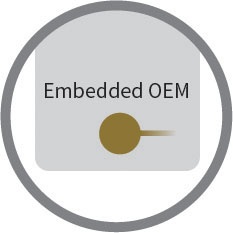
OEM / Embedded
For applications where the antenna is integrated into the components of a larger system.
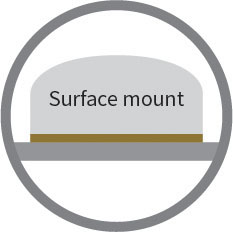
Surface Mount
Surface mount options include magetic, adhesive and direct screw
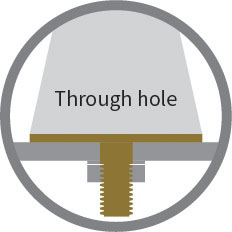
Through-Hole
For through-hole mounting
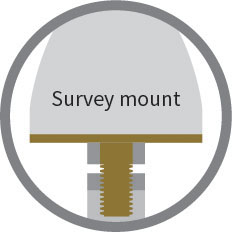
Standard Survey Mount
For universal compatibility with survey mounting systems.
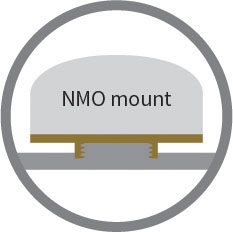
NMO
For universal compatibility with NMO mounting systems.
All set with the antenna mount? Next Step: Amplifier Gain »
Step 3 – Specify Amplifier Gain
Most Tallyman GNSS antennas have an integrated Low Noise Amplifier (LNA), which amplifies the received GNSS signals, without significantly degrading the signal quality. GNSS antennas without an LNA, and also Iridium antennas, are all considered “Passive” antennas, transmitting the original signal amplitude to the receiver. If you are unsure of your gain requirement, please feel free to skip this step.
Please select a minimum antenna amplifier gain level
All set with Amplifier Gain? See Matching Antennas »
